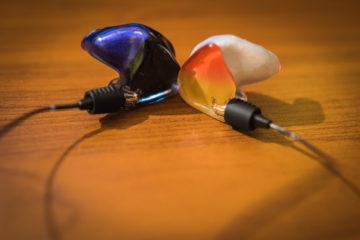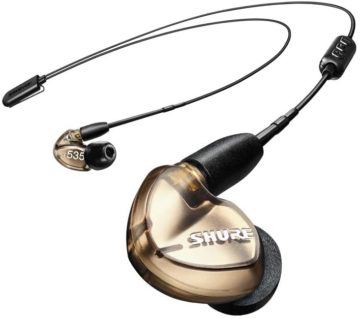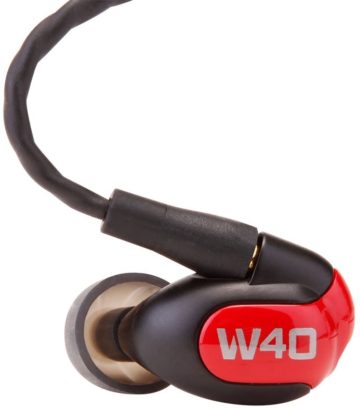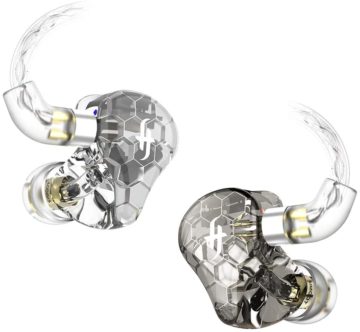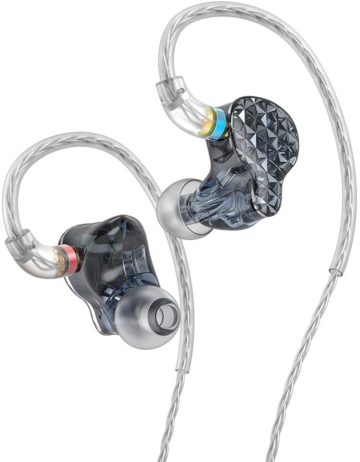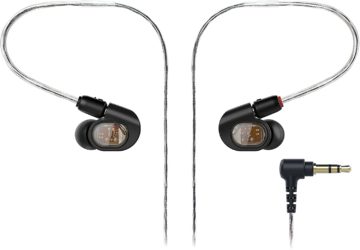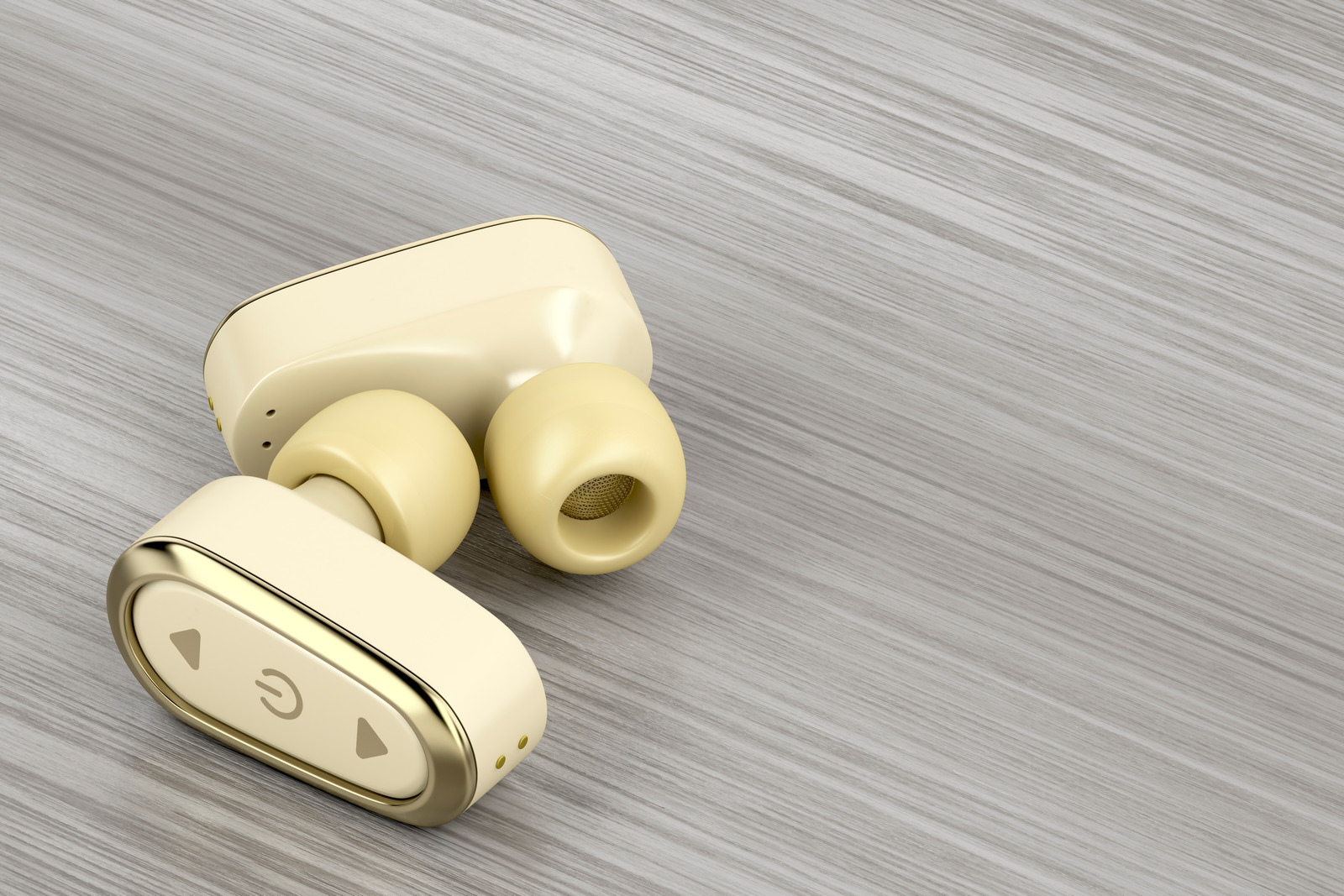Wireless IEM with three BA drivers in each ear to provide a wide range of frequencies with a spacious and clear sound.
Best Electronic Drum Headphones
Unveiling the top electronic drum headphones - from budget finds to premium sound quality. Elevate your drumming experience now!
